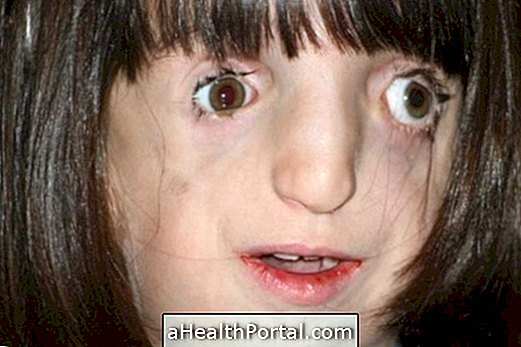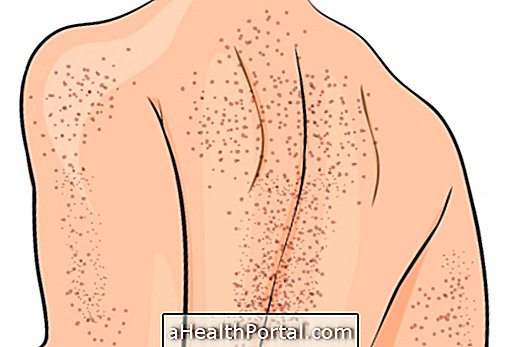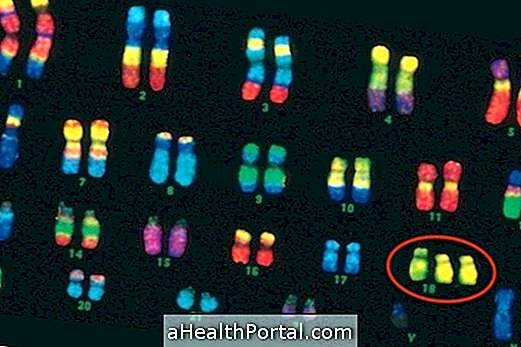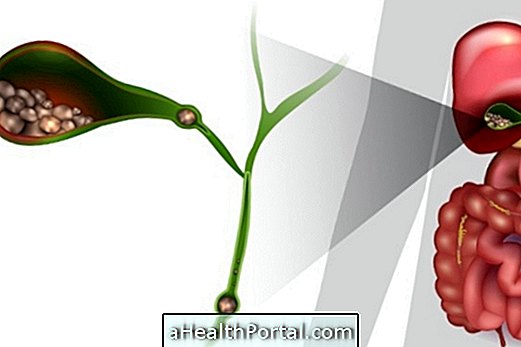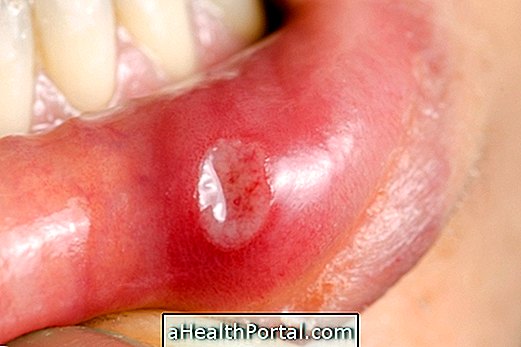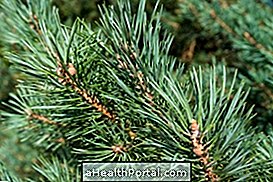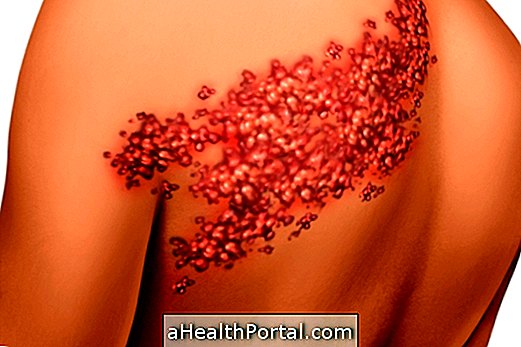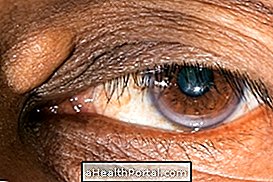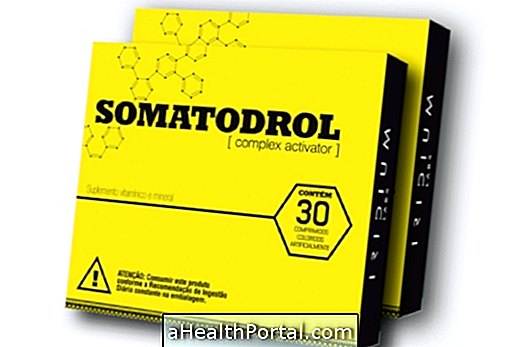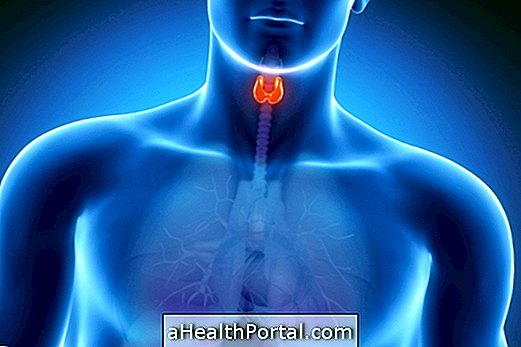Alkaptonuria, also called ochronosis, is a rare disease characterized by an error in the metabolism of the amino acids phenylalanine and tyrosine due to a small mutation in the DNA. This disease occurs due to lack of an enzyme, the homogentisate dioxygenase or homogentisate oxygenase, which leads to the accumulation of homogentisic acid, which is an intermediate compound of the metabolism of these amino acids and which under normal conditions is not detectable in the blood.
The disease manifests itself in childhood by changing the color of the urine, which turns black, and the presence of dark spots on the skin and ears, for example. Some people, however, only become symptomatic from the age of 40, which makes treatment more difficult and the symptoms are usually more severe.
The alkaptonuria does not have a cure, however the treatment helps to reduce the symptoms, being recommended to follow a diet poor in foods that contain phenylalanine and tyrosine, besides the increase of the consumption of foods rich in vitamin C, like the lemon, for example.

Symptoms of Alcaptonuria
The most characteristic symptoms of alcaptonuria are:
- Urine dark, almost black - Know other causes of black urine;
- Bluish ear wax;
- Black spots on the white part of the eye, around the ear and larynx;
- Deafness;
- Arthritis that causes pain in the joints and limitation of movement;
- Rigidity of cartilage;
- Kidney stone and prostate, in the case of men;
- Heart problems.
The dark pigment can accumulate in the skin in the regions of the armpit and groin that, when perspiring, can pass for the clothes. It is common for the person to have difficulty breathing due to the process of stiffness of the costal cartilage and hoarseness due to the stiffness of the hyaline membrane. In the late stages of the disease, acid can accumulate in the veins and arteries of the heart, which can lead to severe heart problems.
The diagnosis of Alaptonuria is made through the analysis of the symptoms, mainly due to the dark coloration characteristic of the disease that appears in several parts of the body, besides laboratory examination that aim to detect the concentration of the homogentisic acid in the blood, mainly, or detect the mutation by means of molecular examinations. Understand what molecular diagnosis is and what it is for.
How is the treatment done?
The treatment for alcaptonuria aims to relieve the symptoms, since it is a genetic disease of recessive character. Thus, the use of analgesics or anti-inflammatories may be recommended to relieve joint pain and cartilage stiffness, as well as physiotherapy sessions, which can be done with infiltration of corticosteroids, to improve the mobility of the affected joints.
In addition, it is recommended to follow a diet low in phenylalanine and tyrosine, since they are precursors of the homogentisic acid, and it is therefore recommended to avoid the consumption of cashew nuts, almonds, Brazil nuts, avocados, mushrooms, egg whites, banana, milk and beans, for example. See what foods are rich in phenylalanine and tyrosine that should be avoided.
Intake of vitamin C, or ascorbic acid, is also suggested as treatment as it is effective in reducing brown pigment accumulation in the cartilage and developing arthritis. Learn more about ascorbic acid.
